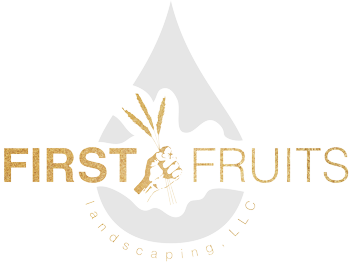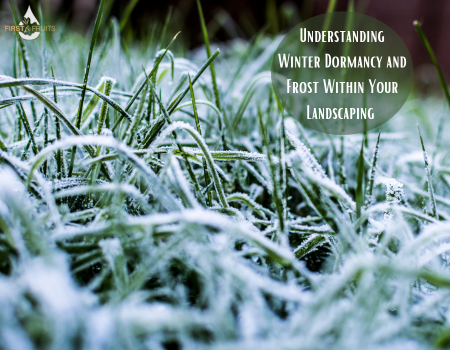As the weather starts to cool and frost starts to blanket your lawns, you might notice that your plants have stopped growing or even appear to be dying off. Luckily this is a healthy part of your plants lifecycle, and your landscaping is entering it’s dormancy phase. The dormancy phase will slow down your plants above-ground growth, however, its roots stay active, continuing to grow and thrive below-ground. By going dormant when frost is present your plants are able to minimize stress while adapting to the cool weather and ultimately, preparing to thrive in the coming spring months.
Tips to Limit Frost Damage
If you’re worried about heavy frost damaging your plants, there are a few things you can do to help protect your plants and mitigate the risk of frost. While frost is a necessary part of your plants life-cycle, and has many benefits such as providing natural pest control and limiting the diseases spread amongst plants, heavy frost can also cause damage to sensitive plants or even disrupt your soil structure if not managed properly.
- Much is a great way to help insulate your plants roots while also regulating your soil temperature to ensure that your plants get the needed warmth below-ground to thrive in the coming spring.
- Don’t skip on watering your plants, just because it’s cold and the frost will melt by mid-day, your plants still need water to nourish their roots. Watering on days that will see warmer temperatures than others is a great way to help protect your roots from drying out and seeing cold damage.
- One of the easiest things to do is ensure your landscaping is complete with hardy plants that are built for your specific climate. A few options include evergreens, perennials, fruit trees, etc.
Popular Plants That Thrive in Frost
If you aren’t sure where to start when it comes to landscaping your yard, there are a few native plants that not only look beautiful in the spring and summer months but also can withstand the cooler temperatures and frost that winter brings. Try incorporating some of these plants into your landscaping:
- Evergreens: Boxwood, cedar, and holly add year-round greenery.
- Perennials: Hellebores, sedum, and ornamental grasses like blue fescue hold up well.
- Shrubs: Rhododendrons and azaleas bring vibrant spring blooms.
- Trees: Japanese maples and flowering cherries are both frost-tolerant and visually striking.
While the cooler winter months offer a bit of reprieve for gardening, it is vital that you take the time to prepare your landscaping accordingly. A little bit of work and preparation in the cooler months is one of the simplest ways to ensure you have a thriving and lush landscaping to enjoy as the weather starts to warm up in spring. Whether you’re needing a little help preparing your landscaping for frost, or you’re looking to have a full outdoor makeover ensuring that your spring landscaping looks better than ever, give our team of professional landscapers a call, we would love to help with all of your landscaping needs.

